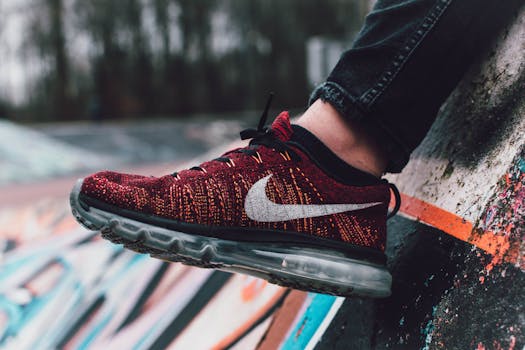
Introduction
Choosing between running hats and headbands can be confusing for runners who want the best combination of comfort, style, and functionality. Both accessories have unique advantages and are designed for different running conditions and preferences. In this article, we’ll explore the key differences between running hats and headbands and help you decide which is better for your needs.
Benefits of Running Hats
- Sun Protection: Running hats offer great protection from the sun, shielding your face and sometimes your neck from harmful UV rays.
- Sweat Management: Many hats have moisture-wicking materials that keep sweat away from your eyes and face.
- Rain & Wind Barrier: A hat can provide a shield against rain, wind, and even light snow, helping to regulate your body temperature.
- Visibility: Many running hats come with reflective elements, enhancing safety during early morning or evening runs.
Benefits of Headbands
- Ventilation: Headbands leave the top of your head uncovered, allowing for better heat escape and ventilation, ideal for hot weather.
- Lightweight: Headbands are generally lighter than hats, making them less noticeable during runs.
- Sweat Absorption: A good headband will absorb sweat, keeping your forehead and eyes dry without the bulk of a hat.
- Hair Control: Headbands effectively hold hair back, preventing distractions on the run.
Drawbacks to Consider
- Hats Can Be Warm: In high temperatures, some runners find hats trap too much heat.
- Headbands Lack Sun Protection: Headbands don’t protect your face from the sun, so extra sunscreen is necessary.
Which is Right for You?
The decision comes down to your running environment and personal preferences:
- If sun or rain is a concern: Go for the hat.
- If you overheat easily: A headband might be the better, cooler choice.
- For longer runs: Hats provide more protection and features.
- For shorter, intense workouts: Headbands offer breathability and lightweight comfort.
Conclusion
Ultimately, the best choice depends on your specific needs and running conditions. Many runners own both and switch between them depending on the weather and workout. Try both to see what works best for your comfort and performance during runs!
Comments
Post a Comment